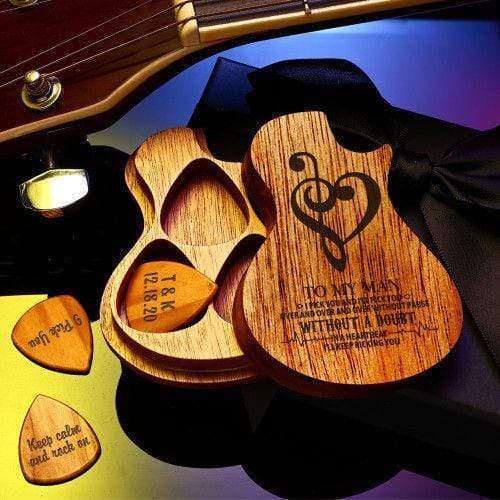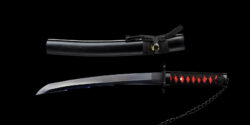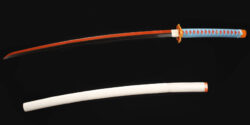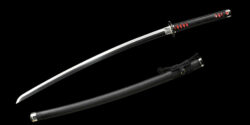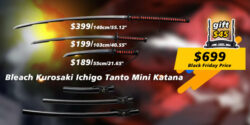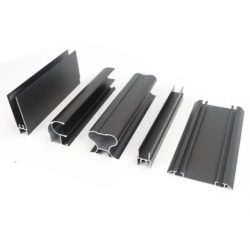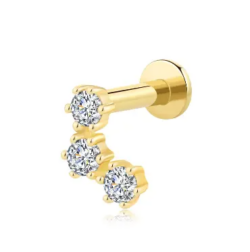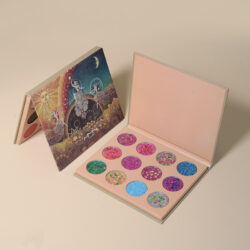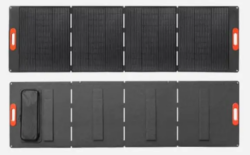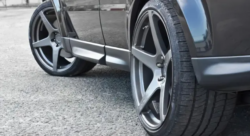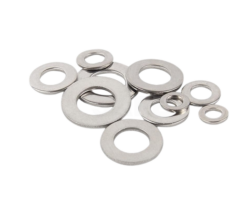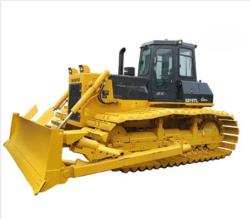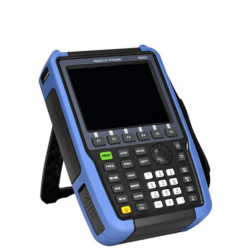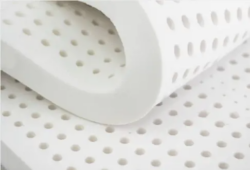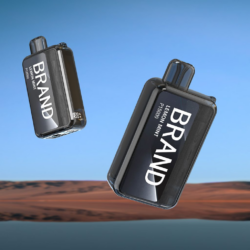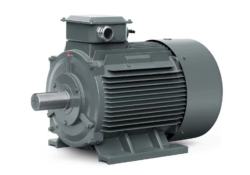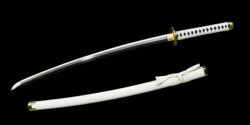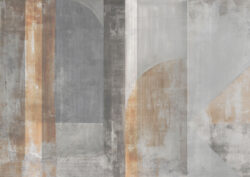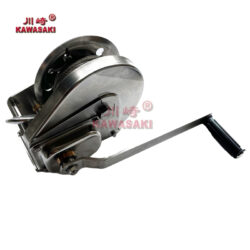Guitar Pick Shapes – Which Are the Best?
A guitar pick is an instrument/tool used for tuning guitars. Picks are usually made of one solid material typically wood, sometimes metal, rubber, felt, plastic, and sometimes tortoiseshell. They are commonly shaped in a concave isosceles triangular with the two flat edges rounded and the other flat edge less rounded. It’s also possible to find picks which are conical or domed. Picks can be made from several different materials, but most are made from some type of wood.
The most common guitar picks are the flat-ended ones with the thin “thick” part on the top of the finger. This type of guitar pick will grip the fret board very tightly. It is the easiest to hold since all you have to do is press down on the finger and it sinks right into the finger. While this is the least expensive type of pick, it’s also the most difficult to play since you have to press down hard to get it to go all the way through the fingerboard.
Another type of guitar picks is the ” Alternate Picking ” method, or “amp” picks. This method of picking is similar to classical music when the strings are plucked using the plectrum. The sound is cleaner and has more projection than a flat-end pick does. Because of the projection, you can hit a few notes while using an alternate picking technique. However, you must be careful that you don’t use too much force with your alternate picking technique or you may damage your fingers.
Another popular pick type is the ” Turtle Shell ” picking style. Many guitar players who started out with acoustic guitars, which were much less sensitive to note the difference between different strings. As time passed, they began to use larger, heavier strings which required them to use more muscle in order to achieve higher notes. To compensate for the extra work, some guitar picks became made from steel that was lighter and/or had a little bit of Delrin. Some turtle shell shaped picks had a small section of Delrin included.
The finger picks are a very common type of guitar picks for beginners. Finger picks are similar to plectrums but instead of being pressed down into the finger, it goes right up into the nail to give the sound. Finger picks are fairly inexpensive and easy to find. They can be found in a wide variety of different styles including “Basshammer,” “Thumb,” “Horn,” “Finger,” “Eighthrow,” “Stingham,” and “Basshammer.”
If you’ve ever seen a tortoise shell guitar pick or even a soft baby-doll having its fingers attached to a pick or a stick, then you have most likely seen one of the popular “celluloid” picks. These picks have a concave shape that is finger shaped and makes it easy to distinguish between different strings and picking styles. Celluloid picks are extremely hard and can hold a dense amount of “tortoise shell” which makes them a great picking tool. Many times these picks will also include a piece of curly hair that acts as a guide so the player can hold the pick correctly without making any sort of impingement on the hair.
Most electric guitar players use flat plastic picks, but acoustic players commonly use “thumb” picks. In addition to having a flat surface, thumb picks are also divided into three categories – those that are fingered, those with fingers, and those which are plectrums. Fretted guitar picks are made by using thin strips of metal that are bent back and forth to create the sound. Fretted picks are used much like their fingernails.
While all three of these different types of Photo Guitar Picks can be used in a pinch, picking techniques are usually developed through practice. Learning to master chord and scale patterns, practice strumming and plucking, and experimenting with alternate picking styles can go a long way towards helping a guitarist reach the peaks of his guitar playing abilities. As a beginner, you may want to stick to either plectrums or flat picks to start out with. As you get more adept at playing, you may find yourself wanting to move up to a harder tool such as a whammy bar or a vibrato rod. Once you feel you have reached a level of proficiency, you may find that all guitar playing challenges your ability to expand and experiment with different styles of picking.
